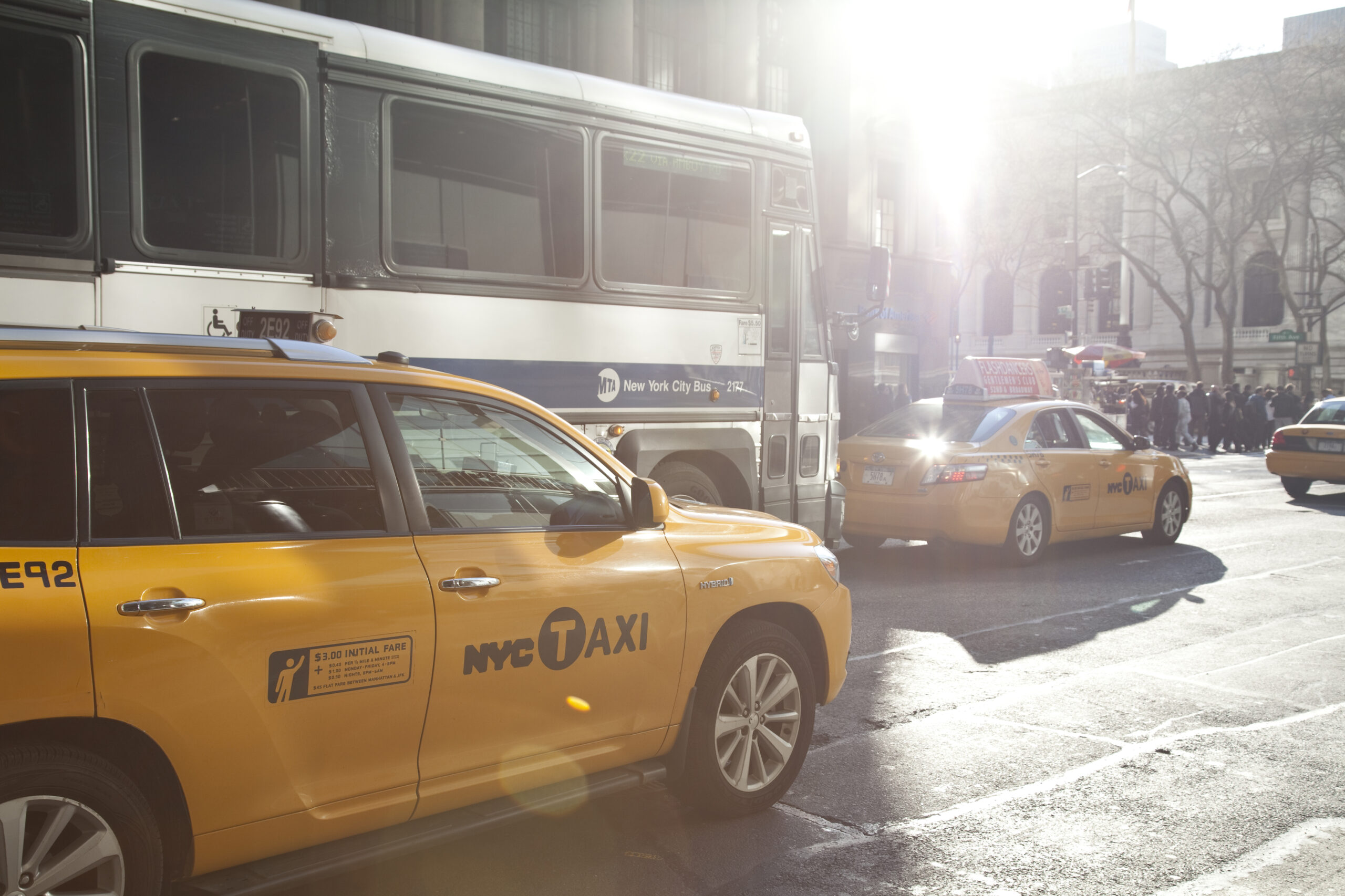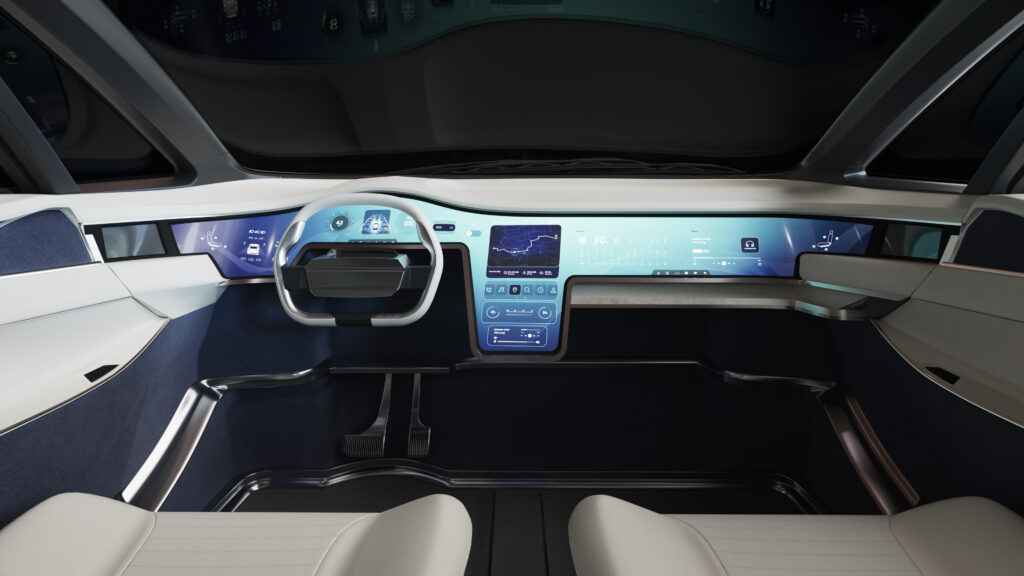The Software-Defined Future of the Auto Industry – Part 1 – Summary

Even though the automotive industry is only one of many industries we support at Siemens Software, it often has an outsized presence in how we talk about the future of design, manufacturing, and use. But that is not without reason. The automotive industry is a barometer for the technological and product innovation taking place across discrete manufacturing industries. And this is no different for a recent topic taken on in a recent podcast by our VP of Automotive and Transportation, Nand Kochhar, and our VP of Industry Strategy, Dale Tutt – software defined products and the software defined vehicle. The complete episode is available below, but for some of the important points from this conversation, scroll on to keep reading.
Across all of our industries as more and more of these products are becoming smart and connected, software and electronics functionality are driving a lot of the development time. This transition is especially noticeable in the automotive sector where development has traditionally been mechanical in nature with a bit of electronics becoming common in the past couple decades. Now, many cars are inching towards being computers on wheels. But this trend and the accompanying challenges are not exclusive to automobiles, it is happening in aerospace, heavy equipment, and consumer products. This shift means a new skill set is needed to succeed in these industries and it needs to be understood in a systems context with the rest of the product.
Safety of connected vehicles
Unlike other connected products, connected transportation has a very real and physical risk in the event of an error within the product or its use. The addition of features similar to those found in smartphones is often expected by users, but it needs to be designed into the larger system with intent. The extra electronics added to power infotainment systems need to be properly connected to the rest of the product while also ensuring safety of the driver and those around them during operation. But as automobiles adopt more safety featured based on software, be it adaptive cruise control, lane assist, or even higher-level autonomous features, reliability and security become even more important. These software-defined features also need to be updated and upgraded, sometimes without visiting a mechanic to keep the product safe. Doing so reliably requires a comprehensive digital toolset to track the different versions of a product and ensure the right updates get pushed to the right vehicles. Unlike a personal computer where many extraneous bits of code can be bundled to accommodate many different hardware configurations, the software for a car needs to be as streamlined as possible to reduce latency and risks within the product.

New monetization models
In addition to the changes within an automobile, there are changes to what an automotive market will become. The upfront cost of level five, fully autonomous vehicles is far too great for average consumers to purchase such a vehicle, at least for the foreseeable future. Instead, the market is targeting robotaxis as a means to avoid the monetization challenges of such vehicles. But in the shorter term while the technology challenges, policy circumstances, and businesses risks are fluctuating, automakers are bringing some of the software-defined autonomy features to mass-market vehicles. By providing assisted driving features to a wider audience, businesses are monetizing the development costs of these complex features today rather than waiting for the fully autonomous vehicle. And besides just outfitting vehicles with these features from the factory, the reliance on software and electronics is bringing some features to vehicles after purchase. This shift is not exclusive to automotive either. Almost every year a smartphone will get a new set of software features. Household appliances can be made more efficient based on the operating conditions and software tweaks.
Designing the future of automotive
Software and electronics are changing what it means to design an automobile. Making it a successful endeavor means understanding as much as possible about the needs of the customer, manufacturing, and government regulators from the beginning. There might be many right answers, but the right software toolset helps simplify and accelerate the search. To learn more about how software-defined development is changing the automotive industry be sure to tune in to the part two of this discussion with Nand Kochhar or visit us at siemens.com/automotive. And for future discussion about the industries Siemens helps accelerate, make sure to subscribe to On the Move, our automotive podcast, and Industry Forward with Dale Tutt.
Siemens Digital Industries Software helps organizations of all sizes digitally transform using software, hardware and services from the Siemens Xcelerator business platform. Siemens’ software and the comprehensive digital twin enable companies to optimize their design, engineering and manufacturing processes to turn today’s ideas into the sustainable products of the future. From chips to entire systems, from product to process, across all industries. Siemens Digital Industries Software – Accelerating transformation.


